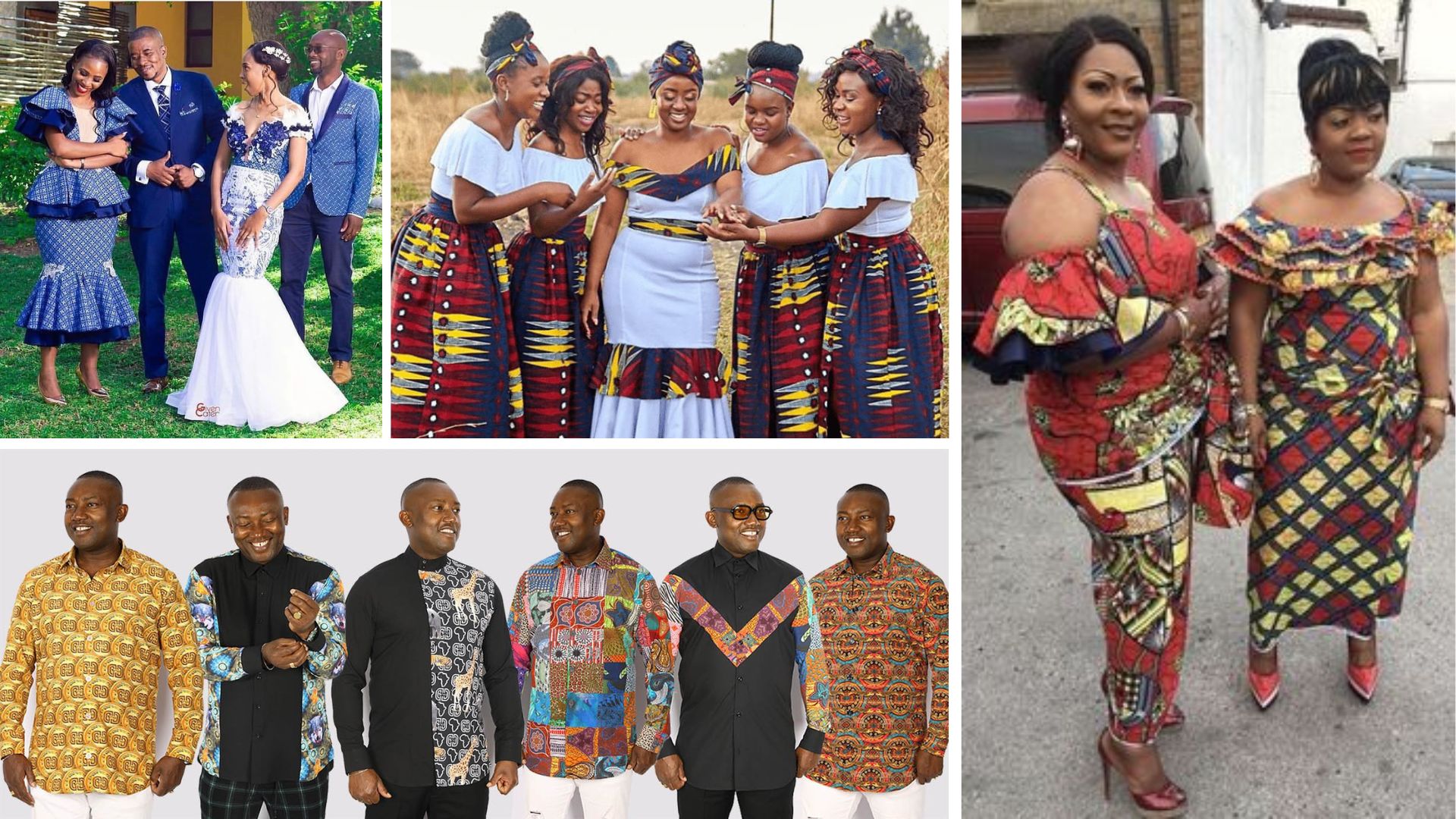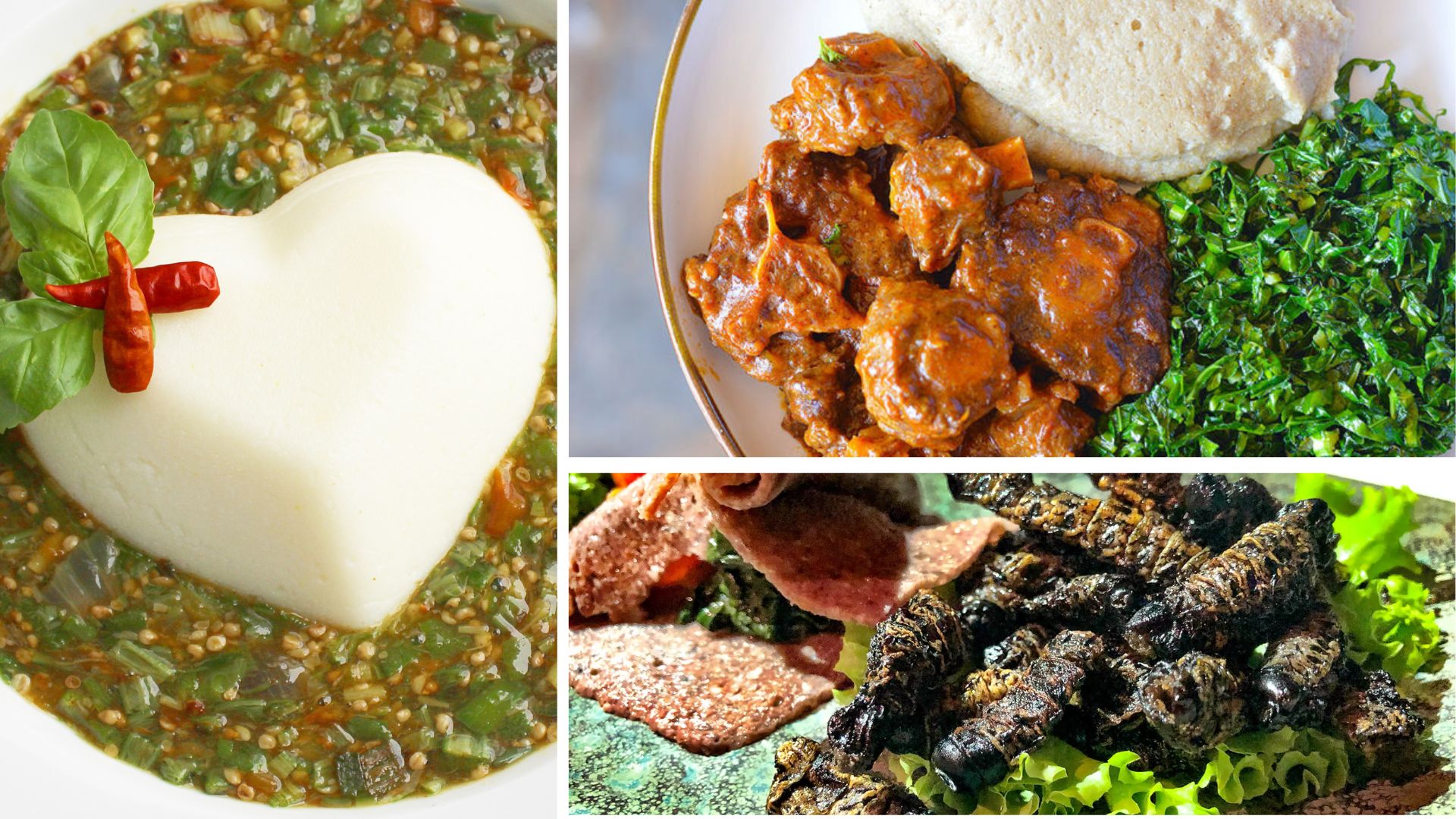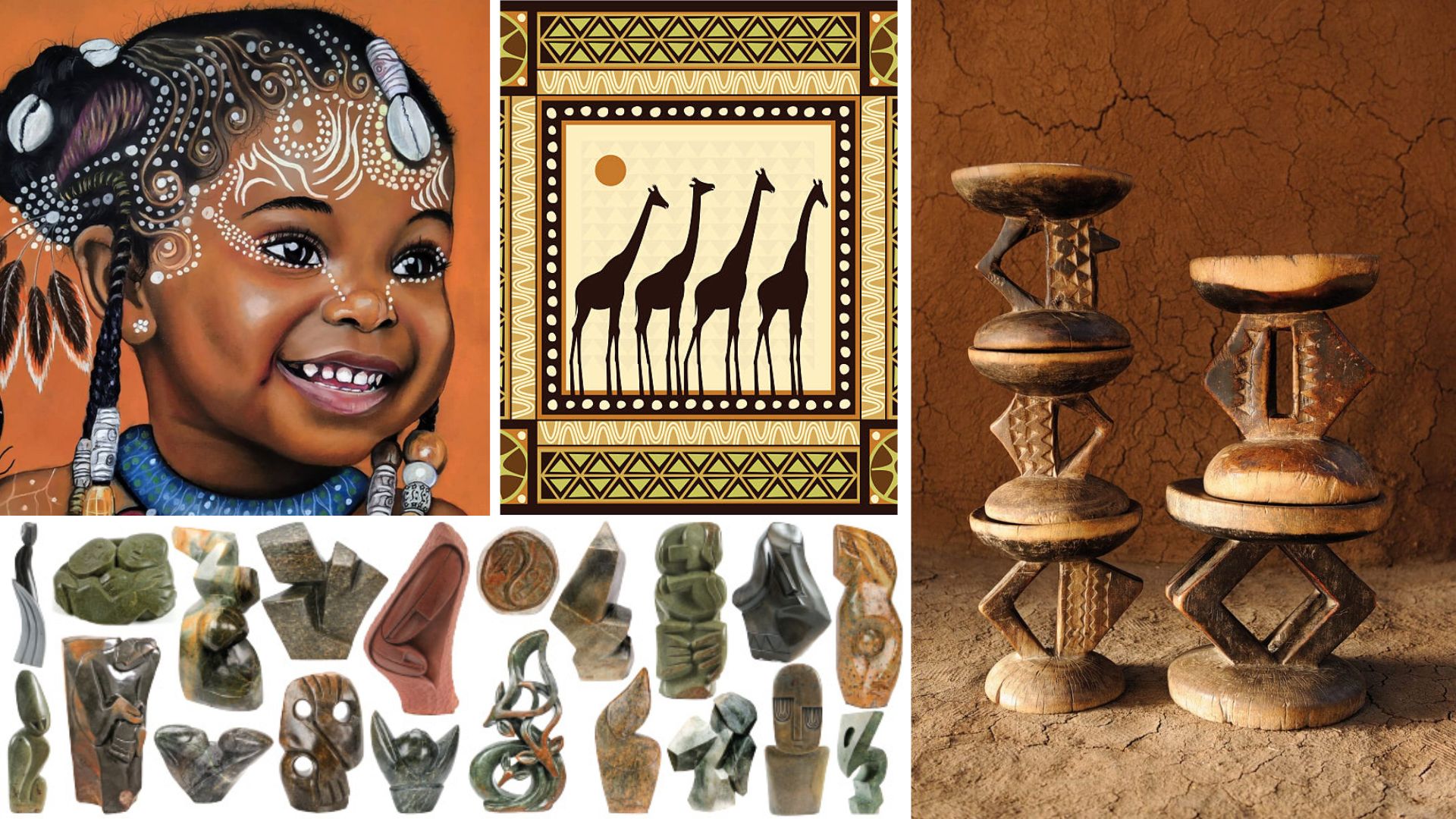Zimbabwean culture is a vibrant tapestry woven
from diverse linguistic, religious, and historical
threads. With 16 official languages, including
Shona, Ndebele, and English, Zimbabwe holds
the Guinness World Record for the country with
the largest number of official languages. Shona,
spoken by over 70% of the population, is the
most widely used language, while English serves
as the lingua franca for government, business,
and education.
Religiously, Christianity dominates, with Protestantism being the most prevalent
denomination, followed by Roman Catholicism and other Christian denominations. However,
approximately 2.1% of Zimbabweans adhere to other faiths, such as traditional beliefs or
Islam, reflecting the country's religious diversity. Zimbabwean culture is also marked by its
rich history, from ancient San settlements dating back to 200 B.C. to the colonial era under
British rule. The struggle for independence, led by figures like Robert Mugabe, culminated in
Zimbabwe's independence in 1980. Zimbabwe Unity Day, celebrated on December 22nd,
commemorates the union of political parties ZANU and ZAPU as ZANU-P.F., symbolizing the
country's journey towards unity and self-determination.
Traditional Zimbabwean cuisine is a reflection of its diverse cultural heritage, blending
African
influences with British traditions. Staples like sadza, a cooked cornmeal, and dishes like
muboora (pumpkin leaves and tomatoes stew) and dovi (peanut stew with okra and
vegetables) showcase the country's culinary diversity. Beverages like maheu, a thick, creamy
drink made from mealie-meal, and traditional beer, such as Whawha and Zambezi, are also
integral parts of Zimbabwean gastronomy. Zimbabwe's cultural landscape is further enriched
by its vibrant music, dance, and arts scene, with genres like mbira music and traditional dance
forms like the Jerusarema and Ngoma Lungundu preserving the country's heritage. Artisanal
crafts, such as stone sculptures and pottery, reflect Zimbabwe's artistic prowess and cultural
identity.

Zimbabwe Clothing
Zimbabwean clothing reflects the vibrant and diverse cultural heritage of the country,
blending traditional elements with modern influences. Traditional attire plays a significant
role in Zimbabwean culture, especially during special occasions and cultural celebrations.
For women, colourful dresses adorned with
beautiful beads are a hallmark of traditional
Zimbabwean clothing. Wraparounds and
headdresses are popular garments, often worn on
Independence Day or Hero’s Day. Married women
traditionally wear blankets over their shoulders,
along with thick beaded hoops called "isigolwani"
around their necks and legs. They also adorn
themselves with copper and brass rings known as
"Idzilla" on their arms, necks, and legs. Head
coverings, ranging from beaded headbands to
elaborate headdresses called "amacubi," are also worn as a sign of respect for their husbands.

Zimbabwe Food
Madora |
Macimbi (Mopane Worms)
:The mopane is a worm considered a delicacy in Zimbabwe
and other African countries. It is found in mopane trees that
grow in the Matabeleland region and parts of the Midlands.
Sadza
:This is the richly scrumptious product of Zimbabwe’s
staple crop, maize. First, corn is ground into a
powdery cornmeal. Then Sadza is made from boiling
water and mixing it with a paste of cornmeal, letting
it simmer for a while before finally adding more of
the meal to make it thicker.
Derere
(Zimbabwean Okra) :
The name itself is some kind of onomatopoeia in the
Shona language. Derere is a special meal made from okra
that is highly recommended in medical circles. Both rich
in protein and acting as an appetizer, it is a great meal for
those who are not feeling well.

Zimbabwe Art
Zimbabwe boasts a rich and diverse artistic heritage, encompassing various forms of
expression ranging from pottery and basketry to textiles, jewelry, and carving. One of the
most distinctive features of Zimbabwean art is its fusion of traditional African folklore with
European influences, resulting in a unique aesthetic that captivates audiences worldwide.
Traditional Zimbabwean art is characterized by its symmetrical patterns, intricate designs,
and skilled craftsmanship. Woven baskets and stools carved from a single piece of wood are
among the most renowned examples of traditional Zimbabwean craftsmanship. These items
not only serve functional purposes but also hold cultural significance, often featuring motifs
that reflect the metamorphosis of humans into animals, a recurring theme in Zimbabwean
art.

Zimbabwe Film Industry
The Zimbabwean film industry, although relatively small compared to its international
counterparts, has a rich history and cultural significance. Here's an overview of the
Zimbabwean film industry, its history, challenges, and notable achievements:
Historical
Background :
The Zimbabwean film
industry has its roots in the country's struggle for
independence and subsequent efforts to portray
the nation's identity and experiences through
cinema. In the 1970s and 1980s, during the fight
against colonial rule and the transition to
independence, films played a crucial role in
mobilizing support and documenting historical
events.

Zimbabwe Economy
Zimbabwe's economy possesses strong foundations for future growth and improvement in
living standards, underpinned by its abundant human capital and natural resources. With a
human capital base comparable to that of upper-middle-income economies in Sub-Saharan
Africa, the country has the potential to leverage its skilled workforce for economic
development. Furthermore, Zimbabwe's wealth of mineral and natural resources, if managed
effectively, can play a pivotal role in supporting the nation's development objectives.
The mining and tourism sectors also
contributed to economic growth, benefiting from
favourable global commodity prices. Despite
facing challenges such as triple-digit inflation,
which constrained private sector demand, the
economy continued to exhibit positive growth
momentum